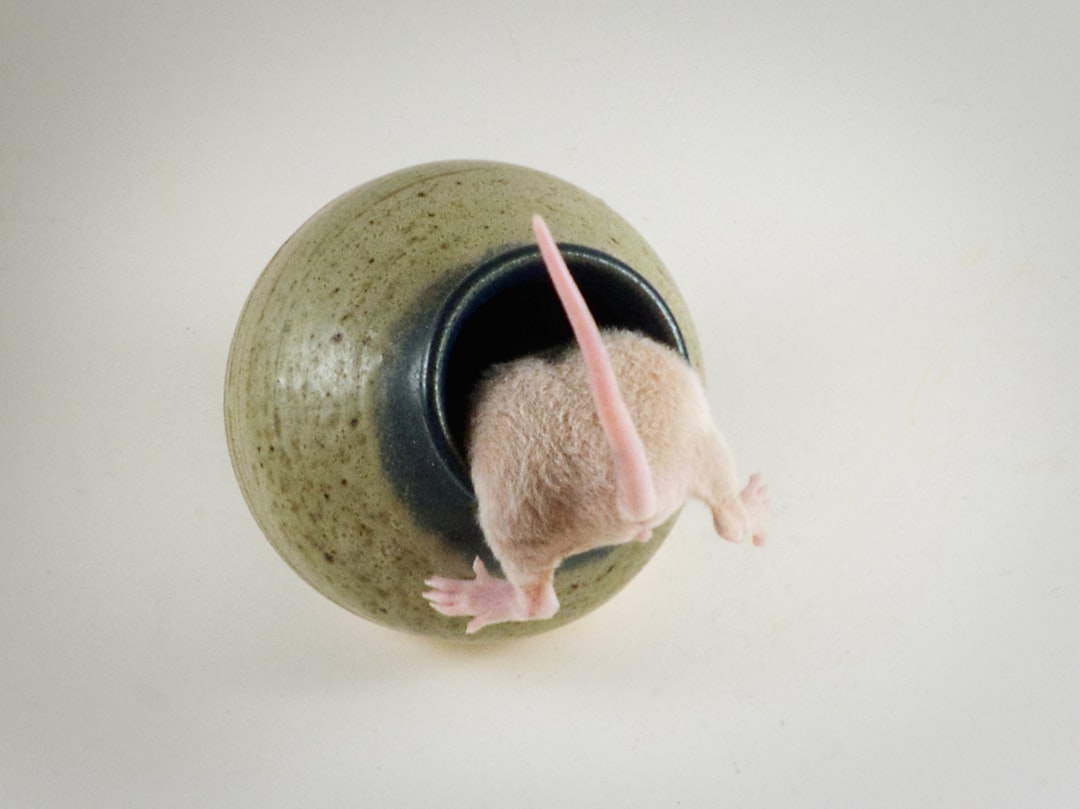The Best Advice About I’ve Ever Written

The purpose of mole extermination is to control or eliminate mole populations that are causing damage or disturbances to human-made structures, gardens, lawns, or agricultural fields. Moles are small, burrowing mammals that dig extensive tunnel systems underground, which can result in unsightly mounds, tunnels, and damage to vegetation.
Here are the main purposes of mole extermination:
1. Damage Prevention: Moles can cause significant damage to lawns, gardens, and agricultural fields by uprooting plants, disrupting root systems, and creating tunnels that may affect soil stability. Exterminating moles helps prevent further destruction and preserves the aesthetic appeal and productivity of these areas.
2. Minimizing Safety Risks: Mole tunnels can create safety hazards, especially in areas where the ground becomes uneven due to their digging activities. These tunnels may cause people to trip or twist their ankles, posing a risk to individuals, particularly in high-traffic or recreational areas. Mole extermination helps reduce these safety risks.
3. Preservation of Infrastructure: Moles can undermine the structural integrity of buildings, walkways, and other human-made structures by creating tunnels near their foundations. Over time, this can lead to costly repairs and compromises the stability of the structures. By eliminating moles, the risk of damage to infrastructure is minimized.
4. Pest Control: Moles primarily feed on earthworms, insects, and larvae present in the soil. While moles themselves are not harmful to humans, their activities can attract other pests to the area, such as grubs, which may cause damage to plants and lawns. By addressing the mole population, it can help reduce the presence of other pests that depend on their tunnel systems for shelter and food.
5. Mitigating Agricultural Losses: In agricultural settings, moles can damage crops, disturb root systems, and create obstacles for farm machinery. Mole extermination helps protect crops, prevent yield losses, and maintain the overall productivity and profitability of agricultural operations.
6. Preservation of Landscapes and Gardens: Mole activity can be particularly destructive in well-maintained landscapes, gardens, and flower beds. Their tunnels can disturb plant roots, expose delicate plantings to the elements, and create an unsightly appearance. By removing moles, you can preserve the beauty and functionality of your outdoor spaces.
7. Improved Lawn Health: Moles create raised molehills on lawns as they excavate soil while tunneling. These molehills can disrupt the evenness of the lawn surface, making it challenging to mow or maintain. By eliminating moles, you can restore a smooth and uniform lawn surface, allowing for easier maintenance and improving the overall health and appearance of your lawn.
8. Prevention of Contamination: Mole tunnels can serve as pathways for rainwater runoff, potentially carrying contaminants from surrounding areas into underground water sources. Eliminating moles helps reduce the risk of water pollution and contamination, ensuring the safety of local water supplies.
9. Protection of Wildlife Habitats: Although moles are part of the natural ecosystem and contribute to soil aeration, their extensive tunneling can disrupt other wildlife habitats, such as nesting sites or burrows of other small animals. By managing mole populations, it helps maintain a balanced and healthy ecosystem for various species.
10. Peace of Mind: Mole infestations can cause frustration and stress for property owners who have invested time, effort, and resources into maintaining their outdoor spaces. Exterminating moles provides peace of mind, knowing that measures have been taken to address the issue and restore the integrity of the affected areas.
It is important to note that mole extermination should be carried out responsibly and in compliance with local regulations and ethical guidelines. It is recommended to consult with professionals experienced in mole control to ensure the most effective and humane methods are employed. Additionally, efforts should be made to identify and address the factors that attract moles to the area, such as excessive moisture, specific soil types, or an abundance of their primary food sources, to help prevent future infestations.
The Essential Laws of Explained
This post topic: Advertising & Marketing